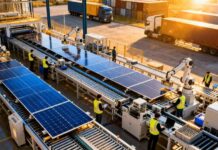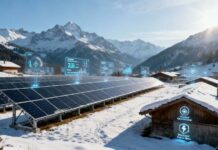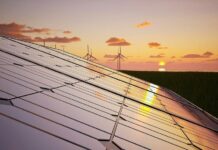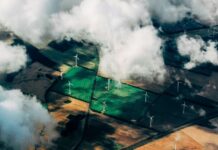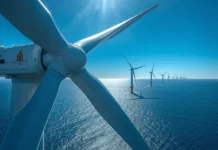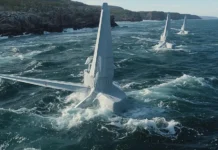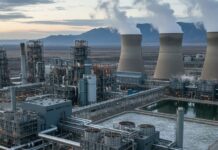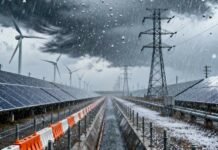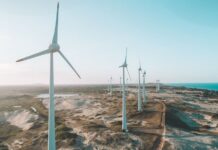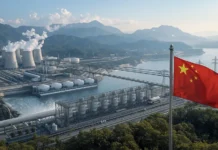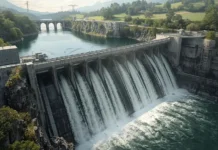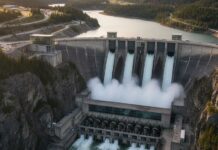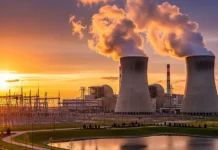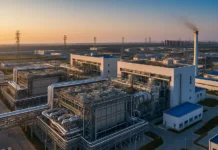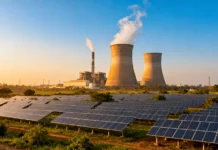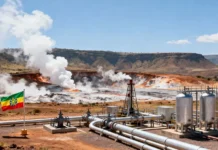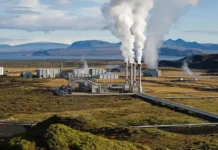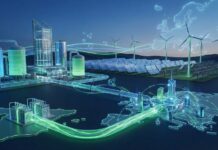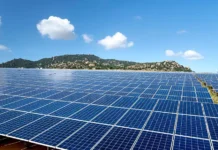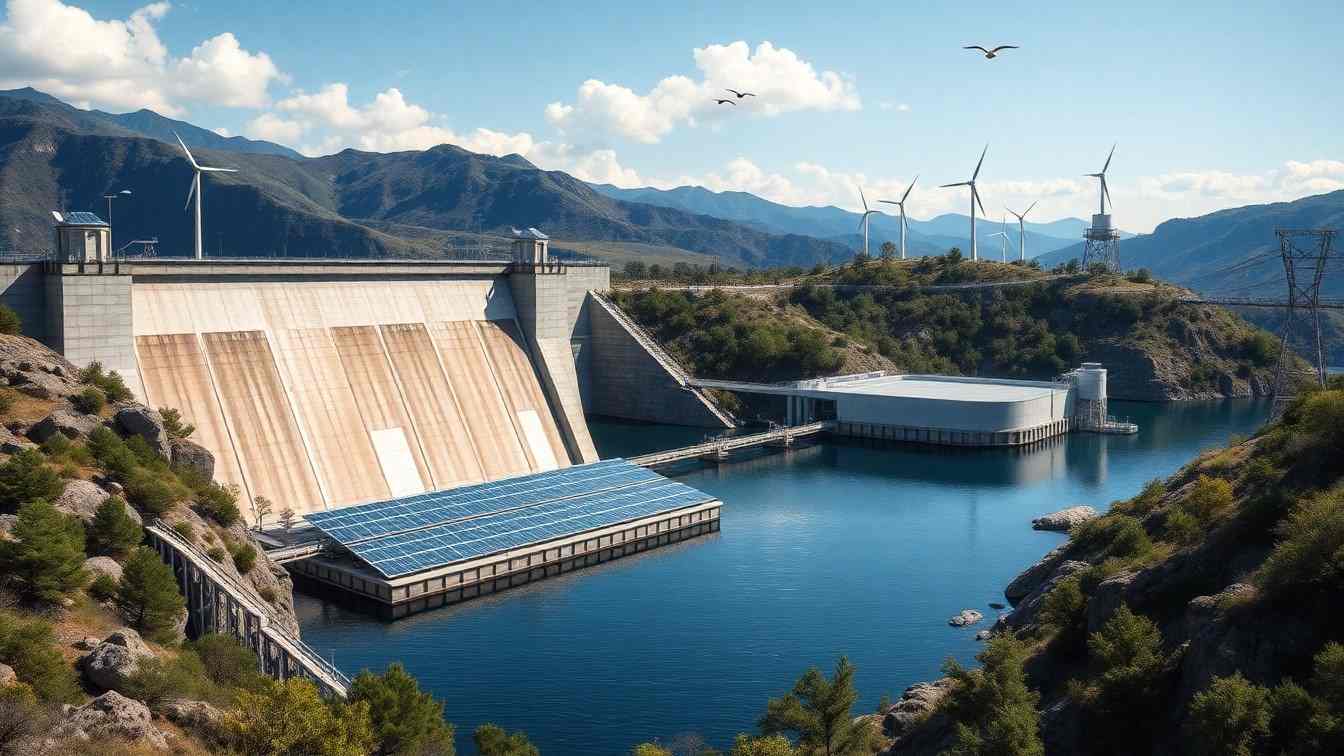As the global community struggles to address the immediacy of combating climate change and moving to renewable energy, hydropower is finding itself in the limelight as a key to a sustainable future.Hydropower is emerging as a leader in global energy strategy because to its capacity to provide predictable, clean, and renewable power. Advancements in Hydropower 2025 will reflect not only technological advancements that are reorganising the industry, but also an increased requirement to upgrade and optimise hydropower plant infrastructure.
Hydropower currently accounts for approximately 16% of global electricity generation, making it the single largest source of renewable energy. However, the hydropower business is being changed as a result of environmental concerns, technological innovation, and shifting energy demands. Changes projected by 2025 will redefine how we develop and use hydropower, ranging from enhanced plants to novel storage technologies.
The Role of Hydropower in the Renewable Energy Mix
Hydropower has long been touted for its capacity to supply firm and consistent energy while cutting greenhouse gas emissions. Unlike variable renewable technologies such as wind and solar, hydropower supplies a firm baseload of power, making it a precious supplement to the variable energy systems. This firmness is especially vital with an increasingly grid-wide dependence on renewable energy sources.
With approximately 1,300 gigawatts (GW) of installed capacity worldwide, hydropower is a mature technology with room for expansion. According to the International Hydropower Association (IHA), improving existing capacity and adding another 600 GW by 2050 can make a significant contribution to fulfilling global climate targets. Advancements in Hydropower : what can we look forward to in 2025 are set to fast-forward this trend, fueling investment and innovation in the industry.
One of the biggest advantages of hydropower is that it can function as an energy storage system in nature.For example, over 90% of the world’s energy storage capacity is represented by pumped storage hydropower (PSH), which enables real-time supply and demand balancing in networks. PSH is anticipated to play a bigger role in ensuring grid stability and dependability as renewable energy sources proliferate.
Modernization of Hydropower Infrastructure
One of the key areas of hydropower improvements: what to look for in 2025 is modernization of old infrastructure. A great majority of hydropower plants across the globe were constructed decades ago and need to be upgraded in accordance with current operating, environmental, and safety conditions. Modernization actions will improve efficiency, capacity, and flexibility of existing plants and secure their future life.
Turbine and generator upgrades represent a prevalent target of modernization initiatives. Advanced materials and aerodynamics in new turbine designs can improve energy generation and lower fish mortality rates, tackling performance and environmental issues alike. In the same manner, digital technologies like high-end sensors, data analytics, and real-time monitoring systems are being introduced in hydropower plants to enhance performance and facilitate predictive maintenance.
The use of digital twins—a virtual replica of physical equipment—is a state-of-the-art innovation in the modernization of hydropower. Digital twins enable operators to model real-world operations, try out upgrades, and improve performance without affecting plant operations. Through the use of such tools, plant operators can get more years of life from existing assets and maximize value from their assets.
Environmental Considerations and Sustainability
Environmental sustainability is an essential issue in developments in hydropower: what to look forward to in 2025. Although hydropower is a renewable power source, its environment has traditionally been criticized, especially for habitat destruction, water consumption, and loss of biodiversity. The industry is now using new tactics and technologies to try to mitigate these problems.
In an effort to lessen the negative environmental effects of hydroelectric dams on aquatic ecosystems, fish-friendly turbines and fish tunnels are also being developed. These technologies aim to provide efficient energy production while permitting fish and other aquatic animals to move freely. Likewise, new sediment management methods are being adopted to avoid sediment accumulation in reservoirs to ensure the long-term viability of hydropower plants as well as the health of downstream environments.
Run-of-river hydropower plants, which depend on natural river flows instead of large reservoirs, are becoming increasingly popular as a low-impact alternative to conventional dams. These plants have less environmental impact and provide a more sustainable method of hydropower generation for local people.
Another promising development is the combination of hydropower and other renewable energy sources. Hybrid facilities that combine hydropower with solar or wind power are being built to maximise energy output while reducing land and water use. Such hybrid installations provide a cleaner and more efficient means of renewable energy production, resolving environmental and operational issues.
Innovations in Energy Storage and Grid Integration
With growing complexity of renewable energy systems, the significance of energy storage in grid management is emerging as a critical factor. Pumped storage hydropower (PSH) is at the forefront here, offering a credible solution for energy storage and grid stabilization.
By 2025, PSH technology is anticipated to become more efficient and scalable with the latest developments. Developments like closed-loop systems, which are not dependent on natural water sources, are opening up geographical possibilities for the development of PSH. Modular PSH designs are also being looked at to lower construction times and costs, allowing quicker deployment of storage facilities.
The convergence of hydropower and smart grid technologies is the other area that is so crucial for development. Smart grids facilitate instant communication among the producers, consumers, and storage facilities of energy, optimizing electricity flow and improving grid stability. Hydropower powerhouses with smart grid facilities can adjust to variations in the demand for energy, serving as a responsive and flexible part of the energy system.
Regional Trends and Global Perspectives
Hydropower progress: what to anticipate in 2025 are being defined by investment and regional priorities. Even though hydropower development is a global endeavour, leaders and preferred locations are emerging in terms of innovation and capacity increase.
The greatest hydropower market is in Asia-Pacific, where China, India, and Vietnam are driving rapid expansion. With about 30% of the world’s existing hydropower capacity, China is a major participant in the sector thanks to its emphasis on developing renewable energy.
In North America, modernization processes are picking up pace as aging hydropower infrastructure is modernized to keep up with modern standards. The United States specifically is spending on small hydropower projects and PSH to increase the resilience of the grid and complement its renewable energy ambition.
Europe is also leading the world in hydropower innovation, with countries such as Norway, Switzerland, and Austria harnessing their abundant water resources to generate sustainable energy. The European Union’s Green Deal emphasises hydropower’s contribution to achieving climate neutrality by 2050.
Challenges and Opportunities
Although the future of hydropower is bright, there are challenges ahead. High capital expenditures, regulatory issues, and environmental factors can slow down the development and upgradation of hydropower schemes. The industry also experiences growing competition from other forms of renewable energy, including solar and wind energy, which have lower initial costs.
Yet these challenges also offer innovation and cooperation opportunities. Breakthroughs in material science, digital technology, and environmental engineering are clearing the way for more efficient, affordable, and clean hydropower options. Also, public-private partnerships and cooperation between countries can speed up the implementation of hydropower projects to ensure the industry remains a key part of the global energy transformation.
Conclusion
The future of Advancements in hydropower is also promising, with progress in hydropower: what to expect in 2025 that is placing the industry at center stage in the quest towards a sustainable energy future. From upgraded infrastructure and green storage solutions to sustainable designs, the hydropower sector is set to overcome the 21st-century challenges while leading global decarbonization.”.
With the world moving towards a cleaner and more sustainable energy system, hydropower’s specific capability to generate reliable, flexible, and renewable energy will continue to be crucial. Through embracing innovation and sustainability, the sector can realize its full potential, providing long-term advantages for the economy, the environment, and society overall.



